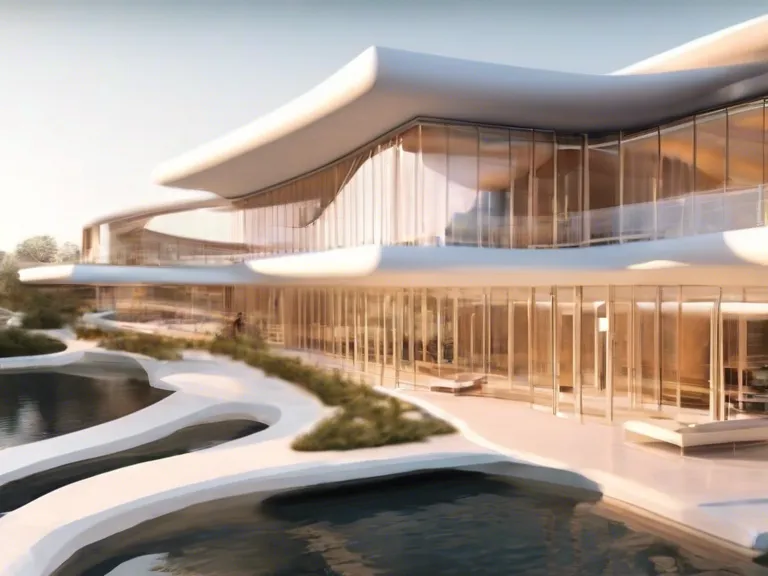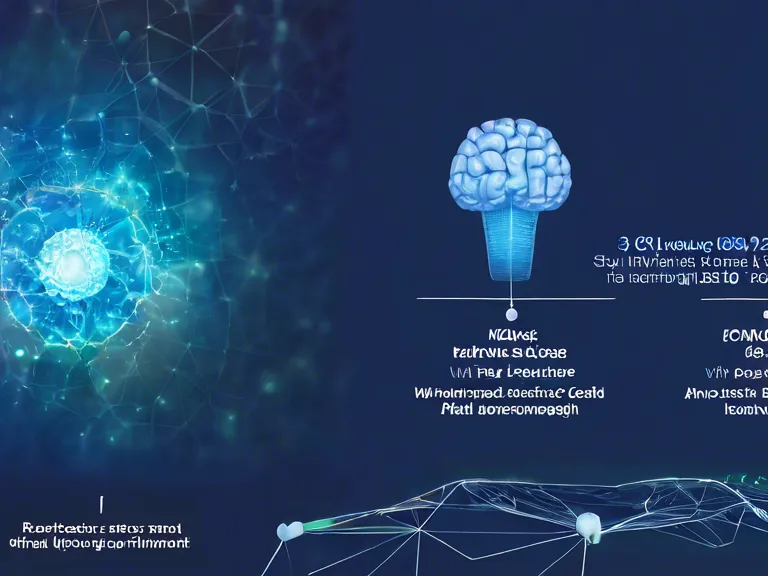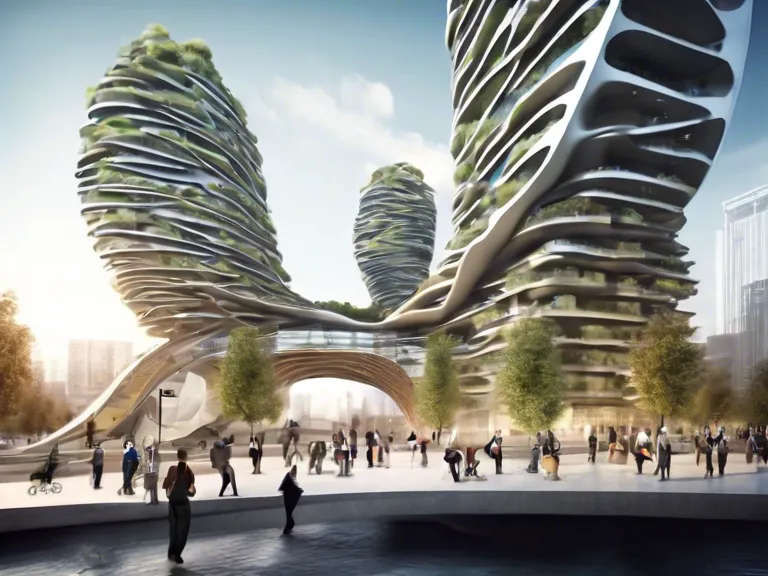
In the world of architecture, technology is constantly evolving and shaping the future of building design. From innovative materials to advanced construction techniques, architects are pushing the boundaries of what is possible in creating sustainable, efficient, and visually stunning structures. As we look ahead to the future, it's exciting to see how new scientific breakthroughs will continue to transform the way we think about architecture and construction.
One area of architectural technology that is rapidly advancing is the use of 3D printing. This cutting-edge technology allows architects to create complex and intricate designs with the precision and efficiency that was once unimaginable. With 3D printing, architects can now build intricate models, prototypes, and even full-scale structures with ease, revolutionizing the way buildings are designed and constructed.
Another key innovation in architectural technology is the development of smart materials. These materials have the ability to adapt to various environmental conditions, such as temperature, humidity, and light, making buildings more energy-efficient and sustainable. By incorporating smart materials into their designs, architects can create buildings that are not only visually striking but also environmentally friendly.
In addition to 3D printing and smart materials, the use of virtual and augmented reality is also transforming the field of architecture. Architects can now create immersive digital environments that allow clients to visualize their future spaces in real-time. This technology has revolutionized the design process, allowing architects to easily make changes and adjustments to their designs before construction even begins.
As we look ahead to the future of architectural technology, it's clear that there are many exciting advancements on the horizon. From sustainable building materials to artificial intelligence, the possibilities are endless. By embracing these innovations, architects can continue to push the boundaries of what is possible in building design, creating a more sustainable, efficient, and visually stunning built environment for future generations to enjoy.

